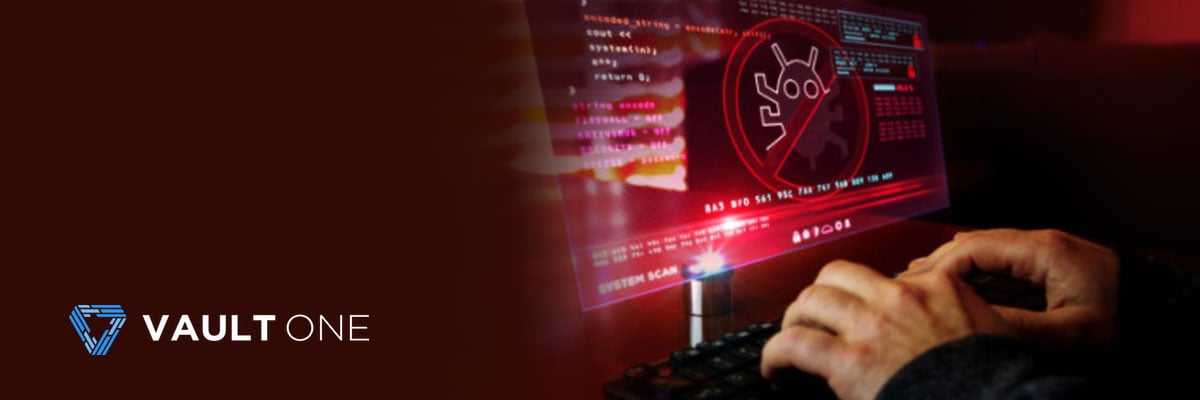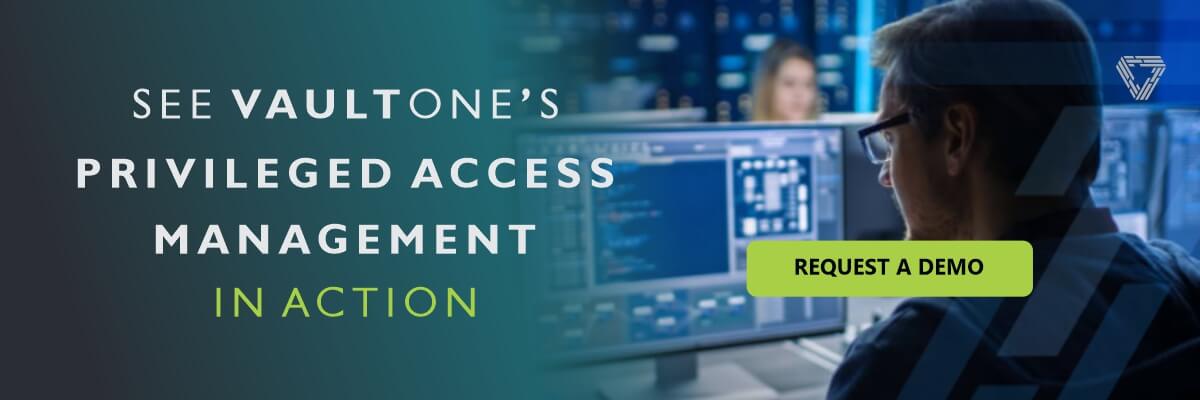The Importance of Password Security in the PAM (Privileged Access Management) solutions and How to Create Secure Passwords
- Updated at
- By Sabrina Zapora
- PAM - Privileged Access Management, Passwords, Security

In our interconnected digital era, safeguarding personal and business data is critical, largely hinging on robust password security. With a surge in breaches and hacking incidents, the need for secure passwords has never been more paramount.
Hacking techniques have evolved dramatically, making weak passwords an easy target. Strong and unique passwords can effectively curb unauthorized access and prevent data breaches.
Definition
Using online services in the SaaS model has led to people reusing passwords more often. This is risky because if one of their accounts is compromised, it can lead to multiple account breaches. Using distinct passwords for different accounts, especially the ones with privilege access, is key to preventing widespread unauthorized access.
Another significant aspect of password security lies in protecting sensitive information. In an age where most transactions are conducted online, strong passwords act as the primary shield against malicious attacks, ensuring data remains confidential and secure.
Password Security in Privileged Access Management (PAM)
- Insider Threat Defense: Strong passwords aid in protecting against unauthorized attempts to access sensitive data by insiders. However, they are not entirely effective as insider threats also involve misuse of privileges through social engineering, unauthorized data sharing or authority abuse. Therefore, it is crucial to develop a comprehensive strategy that encompasses multiple layers of defense. This strategy should include robust access controls, thorough user activity monitoring and auditing, state-of-the-art intrusion detection systems, highly secured data storage, comprehensive security training, and well-defined incident response plans. Additional measures like multifactor authentication, role-based access controls and encryption can also fortify defenses. Thus, while important, strong passwords alone cannot offer full protection against insider threats.
- External Threat Mitigation: Robust password security diminishes opportunities for external actors seeking vulnerabilities like weak passwords. The practice of robust password security involves creating complex and unique passwords, frequently changing them, and using different passwords for different accounts. This makes them harder to guess or break through brute force attacks. Additionally, enhancing password security with multifactor authentication adds further protection by requiring additional information for account access.
- Compliance Adherence: Implementing stringent password policies within PAM facilitates compliance with industry-specific regulations. By enforcing strong password protocols, such as complexity limits and frequent password changes, compliance with various industry regulations can be achieved. In fields such as healthcare and finance, there are stringent regulations regarding data privacy and security that must be followed. These include the Health Insurance Portability and Accountability Act (HIPAA) and the Sarbanes-Oxley Act (SOX). Proper management and protection of privileged accounts, through comprehensive password policies, is a key aspect of meeting these regulations.
Practical tips for creating secure passwords
- Mix uppercase and lowercase letters, numbers, and special characters to increase password complexity.
- Steer clear of easily guessable information like names or common words.
- Choose longer passwords as they are more difficult to crack. Aim for at least eight characters.
- Use a password manager to generate and store secure passwords.
- Enable multifactor authentication whenever possible for extra security.
- Regularly update your passwords to help negate unauthorized access.
Privileged accounts as prime targets of cyberattacks
As technological advancements, particularly in Privileged Access Management (PAM), gain acceptance, the importance of robust password security escalates. PAM systems control access to critical data and systems, making the security of associated passwords paramount. Given that privileged accounts offer extensive access to sensitive information, they are prime targets for cyberattacks, necessitating highly secure and uncompromisable passwords.
Measures like limiting the number of staff who have and gain access to these privileged credentials. Monitoring the activity of all privileged accounts is also vital to detect any suspicious or unauthorized access quickly. PAM security tools include features such as password vaulting, session recording, and behavior analytics to help protect these sensitive accounts from potential cyber threats.
Measures to implement secure password management practices
Privileged account and access management is a crucial process that encompasses the creation, proficient management, meticulous monitoring, and robust safeguarding of access privileges held by esteemed individuals (such as administrators and managers) within an IT environment. The goal is to control who can access specific resources or information. It also aims to give authorized individuals the necessary access while minimizing the risk of unauthorized access or threats from within. This includes user identification, limiting and controlling user rights, managing passwords, auditing and monitoring user activities, and managing inactive accounts. It is a critical component of any company’s security strategy.
It is also important to protect privileged account passwords from being stolen or intercepted. This can be achieved by implementing secure password management practices, such as storing passwords in encrypted formats and using secure password vaults. Multifactor authentication (MFA) or two-factor authentication (2FA) can be employed to add an extra layer of security by requiring additional verification steps.
Regular audits and monitoring of privileged account passwords are essential to detect any suspicious activities or potential breaches. Implementing session recording and session monitoring can help track and review privileged user activities, ensuring accountability and preventing any unauthorized access.
Overall, safeguarding the passwords associated with privileged accounts is critical for maintaining the security of crucial systems and data. By implementing robust PAM solutions and best practices, organizations can strengthen their privileged access control and mitigate the risk of unauthorized access or data breaches.
The importance of a trusted vendor of PAM Solution to ensure data security
To ensure the security of your organization’s passwords, it is crucial to partner with a trusted provider of digital security solutions. VaultOne’s innovative approach to privileged access management (PAM) is revolutionizing the industry. It enables you to supervise user accessibility, credentials, and sessions in a secure, swift, and automated manner. Our robust solution offers a myriad of features, including:
- A digital vault
- Password generator
- Sessions recording
- Auditing and reporting tools
- Customizable policies
- Disaster recovery support
- Multi-factor authentication capabilities.
Thus, in PAM technology, efficient password security plays a pivotal role in warding off unauthorized access while preserving sensitive information integrity. By adhering to the aforementioned tips, both individuals and organizations can create formidable & safe passwords, reducing potential attack success rates. Prioritizing robust password security within PAM is integral to sustaining privileged account integrity & confidentiality
VaultOne prevents these data breaches by protecting the user and their access. VaultOne also tracks and records access sessions for forensic analysis, auditing, and identifying breaches.



